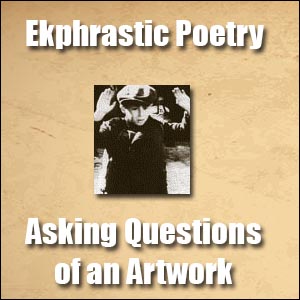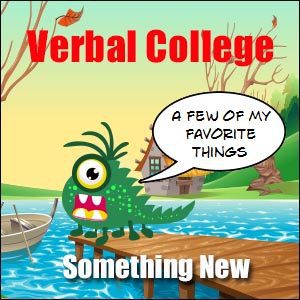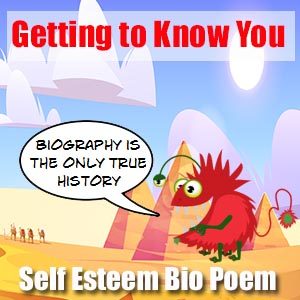Ekphrastic Poetry
Exploring Concepts More Deeply and Exploring Empathy

Before you Begin, Explore –
TO THE LITTLE POLISH BOY STANDING WITH HIS ARMS UP
By: Peter L. Fischl
Ekphrastic poetry is a powerful form of poetry you can use to explore concepts and teach empathy.
Discussion Starter
‘Read poetry like a writer of poetry.’ What might this statement mean? How can we do it?
Poetry Lesson
So many times in my career I’ve seen teachers add sections to a ‘language contract’ that say ‘write a poem’. This section of the ‘contract’ is done with little or no scaffolding. Consequently, the poem produced falls into the ‘dancing/prancing’ realm where rhyme exists solely for the sake of rhyme.
I like to see students exposed to many different types of poetry forms so they can experiment and play with words to construct texts outside their comfort zone. The added advantage of this is they have a much greater range of possibilities to ignore the next time they have to ‘write a poem’. 😉
Tips and Tricks for Writing Ekphrastic Poetry with Students
Here is a collection of teaching prompts I use to guide the students in creating their initial poems. By choosing one or a combination of the following prompts it is possible to create many, many different poems. Especially when you combine these ideas with those of a classroom teacher and a variety of students.
I tend to guide the students through about ten of these ideas and then get them to work with friends to choose a collection of lines that ‘sound’ the most ‘insightful’ and ‘poetic’. I have been most surprised over the years with the quality of what children can produce.
Biggest Hint
– Pick only a couple of these ideas that you feel will give the children a different experience of poetry.
Simplest Form
Students ask questions of an artwork and this list becomes the poem.
– Imagine speaking to the artist. What do you want to ask? List these questions.
– Ask questions of the artist regarding colors, techniques, mood, and use of light.
Another Way of Doing it
Make a sort of list of what you see and mix that with questions.
– Imagine yourself entering the artwork – look around – describe what your senses experience – pay special attention to:
– What can be seen?
– What can be heard?
– What aromas are present?
– What looks like it has interesting tactile sensations?
– What tastes could be described?
– What emotions are present? What is their effect on mood?
– Use words that have your poem reflect the mood of the artwork. How will you explore alternative words?
– Notice the little things – Ask questions about the little things – State what they are for. Inquire why they are there?
– Ask questions of each character in an artwork, list their responses and this list becomes the poem.
– Describe the actions of each character in the artwork – this becomes the poem
– Describe the colors, techniques used, mood, and use of light.
– What is the ‘big picture’ meaning of this artwork?





